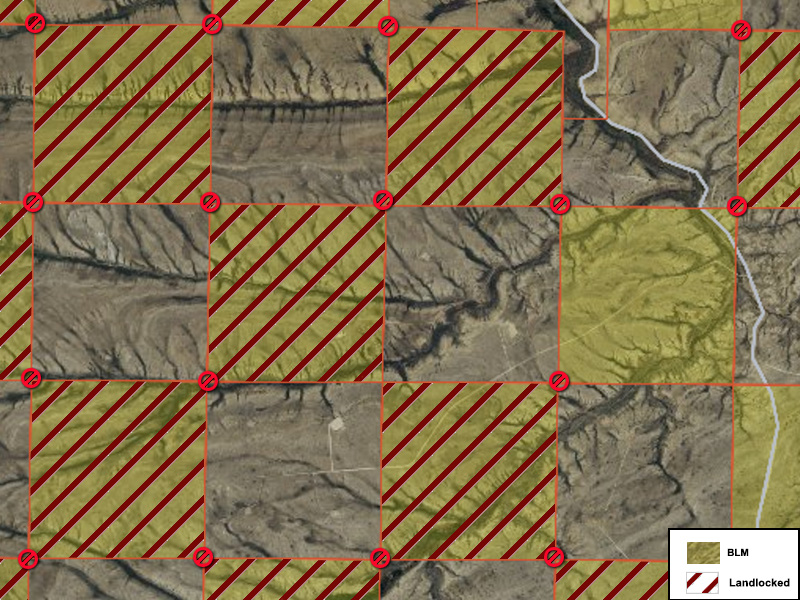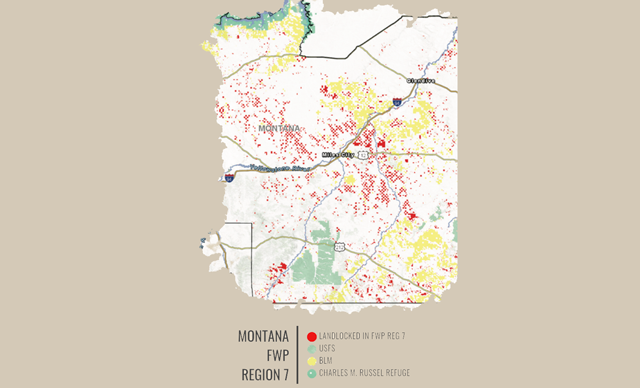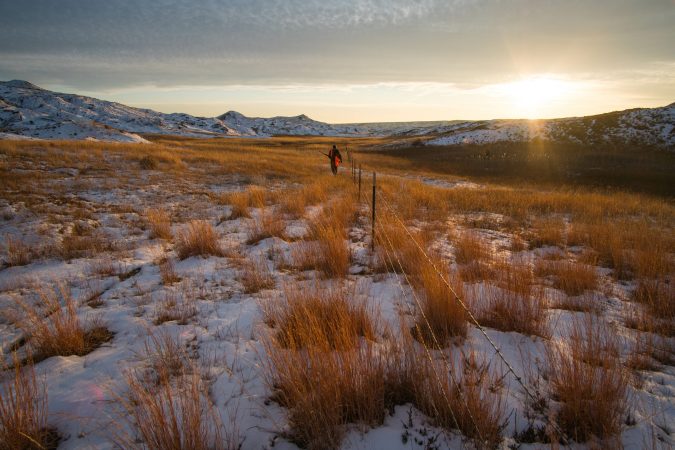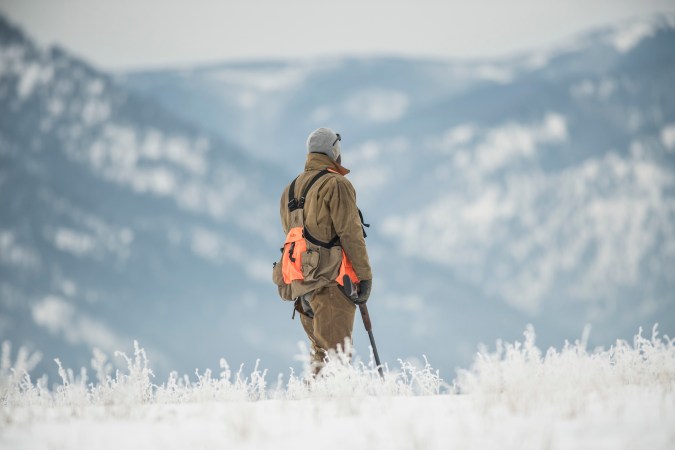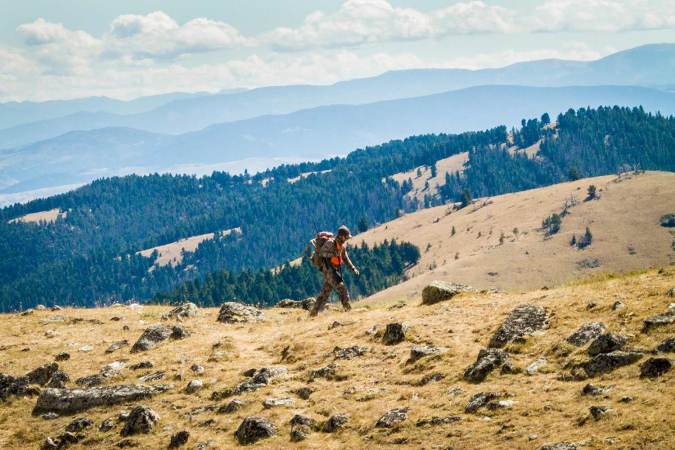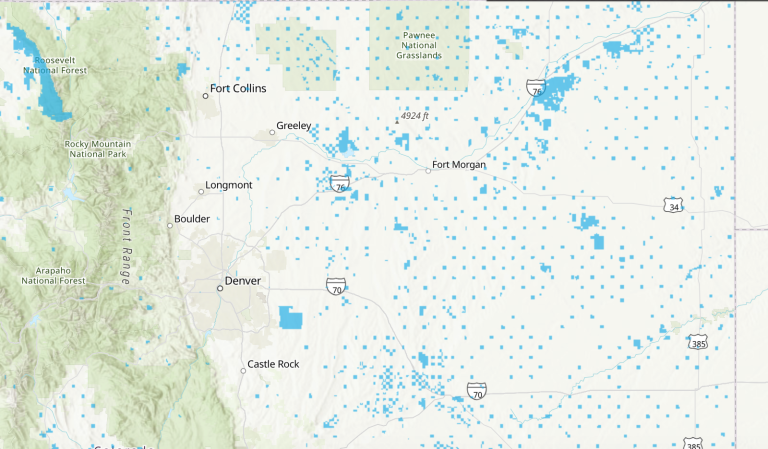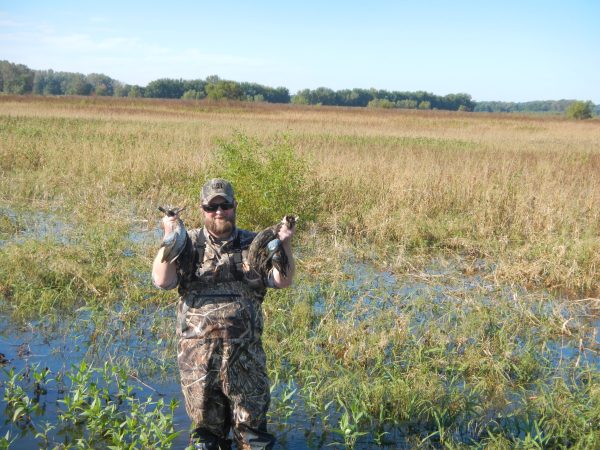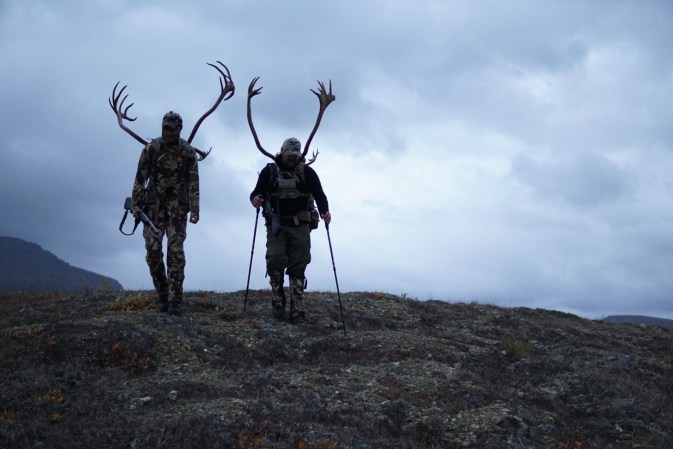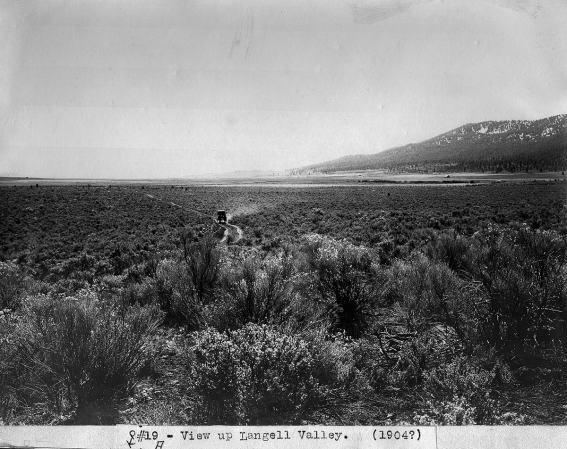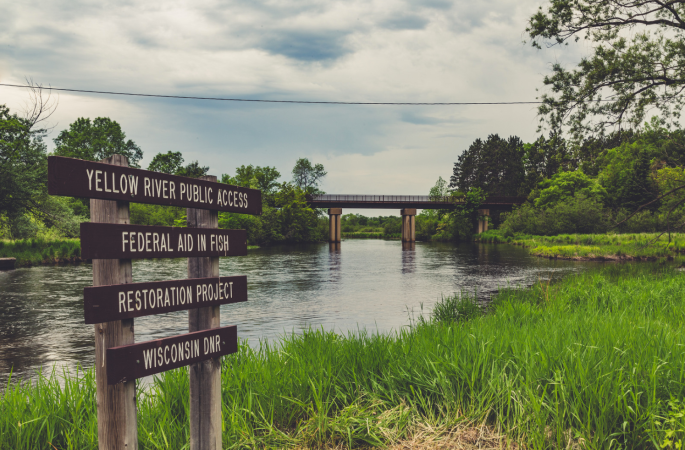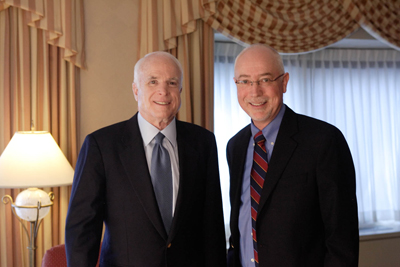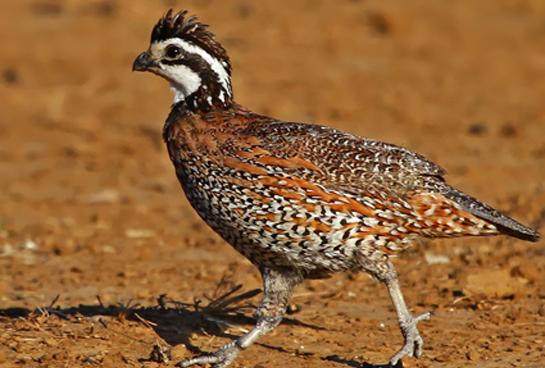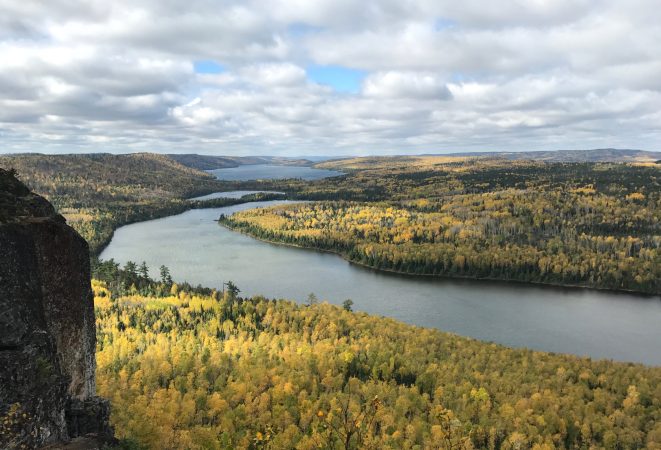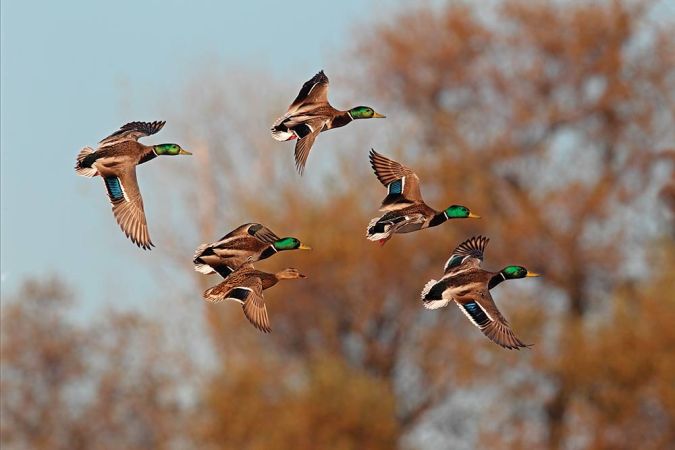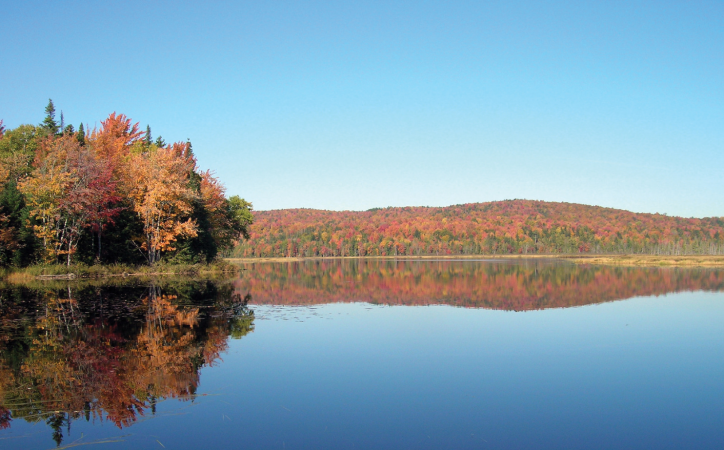Hunters all around the country use onX Hunt to identify and access public land. Now, a new report by the mapping company shows just how much land in the American West is technically public, but in a legal gray area when it comes to accessing that land.
The detailed report reveals that there are 27,120 “controversial corners,” or points where two parcels of private land and two parcels of public land meet corner to corner, in the Western United States. Because of this checkerboard arrangement, roughly 8.3 million acres of public lands in the West are currently corner-locked. As the report points out, that’s almost four Yellowstone National Parks, or roughly 9,845 Central Parks, that can’t be accessed freely by the public.
Read Next: Public Raises More Than $50,000 to Defend Hunters Ticketed for Corner Crossing in Wyoming
The report shows that Wyoming has the largest amount of landlocked public land—around 4.19 million acres worth—of any state in the West, with 2.4 million of those acres locked behind 8,159 property corners. Nevada and Arizona have the second- and third-largest amounts of corner-locked land, with 1.93 million and 1.33 million acres, respectively. Idaho, meanwhile, has the least amount of corner-locked land of any Western state with roughly 57,000 acres—which is no small sum either.
The onX report also takes a closer look at who owns these parcels of private land. According to the report, there are approximately 11,000 private landowners who share a property corner with a corner-locked tract of public land. And one-fifth of those landowners are oil, gas, energy, timber, and mining companies. This breakdown is revealing because, as onX points out, it “dispels the notion that this issue simply boils down to individual private landowners trying to keep the public out.”
The report touches on the complicated and confusing legal history of corner crossing in the West, and it offers up a few potential tools for “unlocking” controversial corners. These solutions would benefit private landowners as well as public lands users, and they include land swaps, corner easements, and state-run programs like Montana’s Block Management program, which unlocked 618,330 acres of state- and federally-managed public land during the 2020 hunting season.
The timing of the report is also important, as the issue of corner-crossing is currently in the national spotlight thanks to a high-profile court case that is underway in Wyoming and is due in court as soon as next week.
The case involves four out-of-state hunters who used a stepladder to cross from one parcel of public land to another in October 2021 without setting foot on private land. The parcels bordered private lands on Elk Mountain Ranch in southern Wyoming. The four men were initially charged with criminal trespassing by the Carbon County Attorney; they have pled not guilty.
The owners of Elk Mountain Ranch also filed a lawsuit seeking civil damages from the four hunters. That lawsuit was transferred earlier this month to a federal court, where federal laws favoring public access may have a greater influence on the decision.
Public lands advocates hope that one (or both) of these court cases can resolve the issue of corner crossing, which has been a legal gray area for as long as these controversial corners have existed. Hunters have long known that solving the corner-crossing issue is important to the future of hunting in the West. Now we have a better idea of just how big this problem really is.
